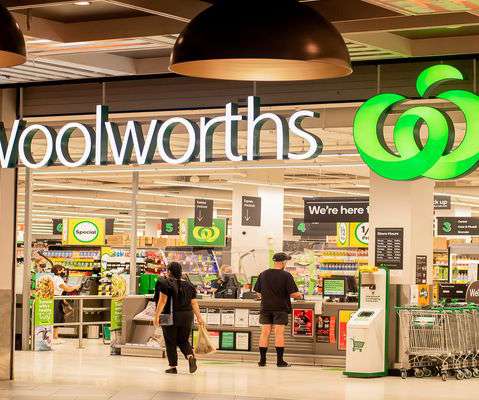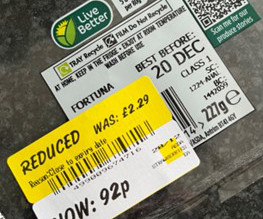How Retailers Can Strengthen Sustainability With Data-Driven Pricing Strategies
Retail TouchPoints
JANUARY 7, 2021
These insights are a powerful way to gauge consumer demand for sustainable products with current and past sales data, identify the most profitable promotional strategies, and minimize markdowns and waste from the start. Businesses can then better predict and measure markdown results while dynamically updating markdown plans.












Let's personalize your content